Guadua Bamboo Soil Requirements
Choosing the best soil to grow Guadua bamboo is one of the most important determinants for success or failure of a commercial Guadua bamboo plantation. A good selection of soil, coupled with optimal climate conditions, may generate Guadua angustifolia stems taller than 20 m high, or in the contrary stems of maximum 6 or 7 m high.
The correct soil choice not only favors bamboo, it also favors the farm owner who will see a faster development of the plantation, a greater number of stems, larger diameters, faster production, faster maturity and thus it will take less time to recover the investment.
After preliminary survey and scouting on a certain region which is selected for its optimal climate conditions and altitude you should proceed with evaluating the topography, existing vegetation and soil characteristics. As a final step before deciding if the location is suited for bamboo farming, soil samples must be taken to a laboratory for thorough analysis.
Under optimal circumstances, Guadua angustifolia should be planted in conditions as similar as possible to its original habitat, land that is used for agriculture and livestock isn't the most suited for large commercial forestry plantations due to its often unfavorable chemical soil conditions. It is usually very difficult to find soils that resemble the original habitat, but this should not be an obstacle because a professional knows how to interpret and correct unfavorable chemical soil conditions to provide better fertility and chemical conditions for cultivating Guadua bamboo.
It is the soil technician who is responsible for analyzing soils and who has to determine if a given site is suitable to successfully grow Guadua angustifolia or not. He must advice on the potential maintenance cost it would take to correct poor soil fertility. In a worst case scenario these cost could become so high that it would not even allow to recover your investment.
Optimal Soil Types and Physical Characteristics
Red laterite soil
Soil texture, after precipitation is the most decisive factor for the proper development of Guadua. Guadua angustifolia grows in different soil classifications, but heavy or clay type soils are not recommended for the development of Guadua bamboo.
In tropical areas, natural forest formations are found in black soil and alluvial soils and rarely in laterite soils and red soils. Hard soils and layers with high contents of aluminum, iron and manganese cause limitation for proper physical development of the Guadua rhizome and therefore the depth of rooting. Those who are found under these conditions are very low of chlorotic and show stems that are well below the average height and diameter for the species.
Soils that most favor the development of Guadua are:
Sandy Loam | Loam | Loamy Sand
Fertile
Black | Loose | Alluvial | Volcanic ash
Rich in organic matter
Supplied by natural water sources and good drainage, moist but not flooded.
Soil Texture
Of all soil characteristics, the soil texture is the most decisive and important factor to analyze when you want to establish a commercial bamboo farm. Soil fertility can be improved but it is absolutely necessary that the selected soil has the appropriate texture for the development of the bamboo rhizome. The soil should have high sand content compared to silt and clay. Heavy soils, clay soils, laterite red soils are definitely not in favor to plant Guadua bamboo.
Step 1: Wet and knead soil Step 2: Can the soil form a ball? Step 3: Does the soil ribbon? Step 4: How long is the soil ribbon? Step 5: Is the soil gritty or smooth?
The best soils to develop Guadua are sandy loam, loam, loamy sand, and shows how demanding the species is to develop into its full genetic potential. Soils with these features are usually found in coffee-growing areas of Central and South America.
Establishing commercial bamboo plantations in this type of soil would ensure the success of the plantation but they are often already occupied by coffee plantations which implies that the establishment of commercial bamboo plantations in these soils is not feasible because land prices are usually very high.
Soil Texture Diagram
In essence, the soil for a Guadua angustifolia farm should always consist of loose and light texture, it doesn't have to be black and the level of fertility doesn't have to be extremely high, because the soil fertility can be corrected. What cannot be correct is the soil texture, therefore, starting commercial plantations in clay soils is like putting a stamp of failure on the bamboo farm from the beginning.
Soils with a very high content of sand will encourage the growth of the rhizome, but the fertility of these soils is low, thus requiring the application of large doses of fertilizer to raise the level of fertility. Still, higher sand contents are preferred than planting in clay soils because the developments of these bamboo farms are always severely poor.
Alluvial soils, a characteristic of soils present in the vicinity of rivers, are not so loose but fertile and increase the development of the rhizomes, a feature that highly favors Guadua bamboo farms.
The arrangement of soil layers with different textures can enable the development of Guadua if the top part contains layers with coarse textures until a depth of 50-60 cm and the lower soil layers present fine structures. These conditions of loam-clay layers improve moisture conditions in the profile. The ideal soil profiles are those with thick and medium texture.
Organic matter helps to decrease clay content, it also promotes aggregation and helps to stabilize the soil structure.
Soil Structure
Clay Soil
Optimal soil structures for Guadua bamboo farms are granular or blocky. Check out these soil structure illustrations for a better understanding.
This type of soil structure is constantly improved in its aggregation and stability through the continuous input of organic matter from guadua associated species, which form layers of leaves on the surface of the ground that turn into organic matter and improve the physical, chemical and biological properties of the soil.
On the contrary, a platy structure which usually found in compacted soils, are responsible for a slow circulation of air and water and therefore not suitable for Guadua bamboo farms.
The following variables are all related to soil compaction:
Bulk Density (should be low)
Penetration Resistance (should be low)
Soil Porosity (should be high)
Hydraulic Conductivity (should be rapid)
I am not going to explain these individual variables in details because they are all very closely related. The important thing to remember about soil compaction is that less compacted soils have more pore space, which increases moisture retention and exchanges gas. They show more aeration, facilitate water conductivity and provide a better environment for the development of microorganisms. Soils rich in organic matter such as those occupied by Guadua bamboo forests are less susceptible to compaction. In highly productive systems such as those on intensive livestock fattening have high compaction.
Soil Moisture
Soil moisture is related to rainfall, soil texture, soil structure and content of organic material which helps to catch water. Guadua forests are characterized by having high moisture contents and prefer soils with udic moisture regimes meaning well distributed rains throughout the year. Aquic moisture regime may be important for bamboo farms when groundwater levels are deeper in the soil.
Porous soils can hold more moisture. Likewise, the content of organic matter and vegetal residues play an important role in water economy as they serve the function of being an absorbent cushion or sponge. This feature in turn improves microbial activity and reduces excessive moisture penetration, facilitating the development of the root system.
The soil moisture content continuously changes due to the gradually and progressive development of the bamboo strains. When the stems are gaining in height and branches start to occur, the strains begin to form a closed canopy that gives shade to the soil and prevents perspiration from it. This enables the moisture content to be more permanent and positively affects the development of the bamboo plantation.
Bamboo forests develop best in areas irrigated by natural water sources, are well-drained and moist, but not flooded.
Floodplains
Places that are either flooded or liable to flooding have oxygenation problems which prevent the development of rhizomes and penetration of the roots. Floodplains are easy to identify during rainy season, but a trained eye can spot these during dry season as well since flooded areas show a different type of vegetation, as shown in the picture below.
Arrows indicate typical vegetation for floodplains
Small seedlings planted in areas that are liable to flooding have high mortality rates (80%). In flooded soils they will die within 2 to 4 months.
Interestingly the seedlings that survive and adapt to these conditions show in many cases more advanced developments than those found planted in normal soil moisture conditions. This implies that when a bamboo seedling is adapted to extremes of soil moisture, they are taking advantage of these conditions to foster their development. This concept may be reaffirmed when observing bamboo clumps on riverbanks where soils are permanently saturated with water but where the species has adapted to these conditions and showing lush developments under these conditions.
However in a commercial bamboo farm you can not afford to plant seedlings in areas that remain flooded for more than three or four months. If only 20% of the plants survive, it will cause great economic loss and prevent a uniform plantation development. When growing bamboo in areas with floodplains, drainage must be installed.
Fertility and Chemical Soil Characteristics
Finally, I briefly want to touch the subject of soil fertility, since this is a very important topic, but also highly specialized and complex. Chemical soil characteristics can only be tested in a laboratory, and recommendations for the optimal application of fertilizers must be made by experienced professionals. These experts must posses scientific data on Guadua's nutrient uptake in different stages of their development in order to propose exact fertilization programs.
Soil fertility is a factor that in almost all cases must be adjusted with the technical application of fertilizers, and is therefore not the most important element when deciding at which location you should start the bamboo farm.
Soil fertility, however, should be taken very seriously in a commercial bamboo farm because Guadua angustifolia is a demanding plant both in good soils and nutrients. High yields will only be achieved in soils that meet those optimal soil characteristics of fertility. It is imperative to reaffirm that Guadua bamboo also grows in soils with poor fertility conditions but the developments are also very poor.
The selection of sites with appropriate texture, optimal climate conditions, together with changes in chemical soil conditions, pH, and increased levels of fertility, will result in a more developed Guadua bamboo plantation in less time.
Similarly, changing these chemical conditions in soil amendments and the technical applications of fertilizer based on the dynamics of the plant's nutrient extraction, allows to produce larger culm diameters and heights in less time compared to the current average of the species. Stems will also mature faster, which means they can be harvested and sold faster.
It is amazing how important the role of cation exchange capacity (C.E.C.) is in the development of Guadua which has produced spectacular results when correctly evaluating and changing the variables of the soil.
pH
The best commercial plantation developments arise when grown in soils with a pH between 6.3 and 6.5. The degree of adaptability and development in conditions below 5.5 pH is noticeably affected, and is more dramatic as the pH becomes even lower.
At 4.5 pH levels, the development of Guadua bamboo farms is poor due to high levels of toxic aluminum and the direct relationship of these soils with low pH and inherent condition of low or very low fertility. Soils with a lower pH can be corrected, but keep in mind that very low pH values will require tons of fertilizers!
Saline pH does not favor the development of the plant.








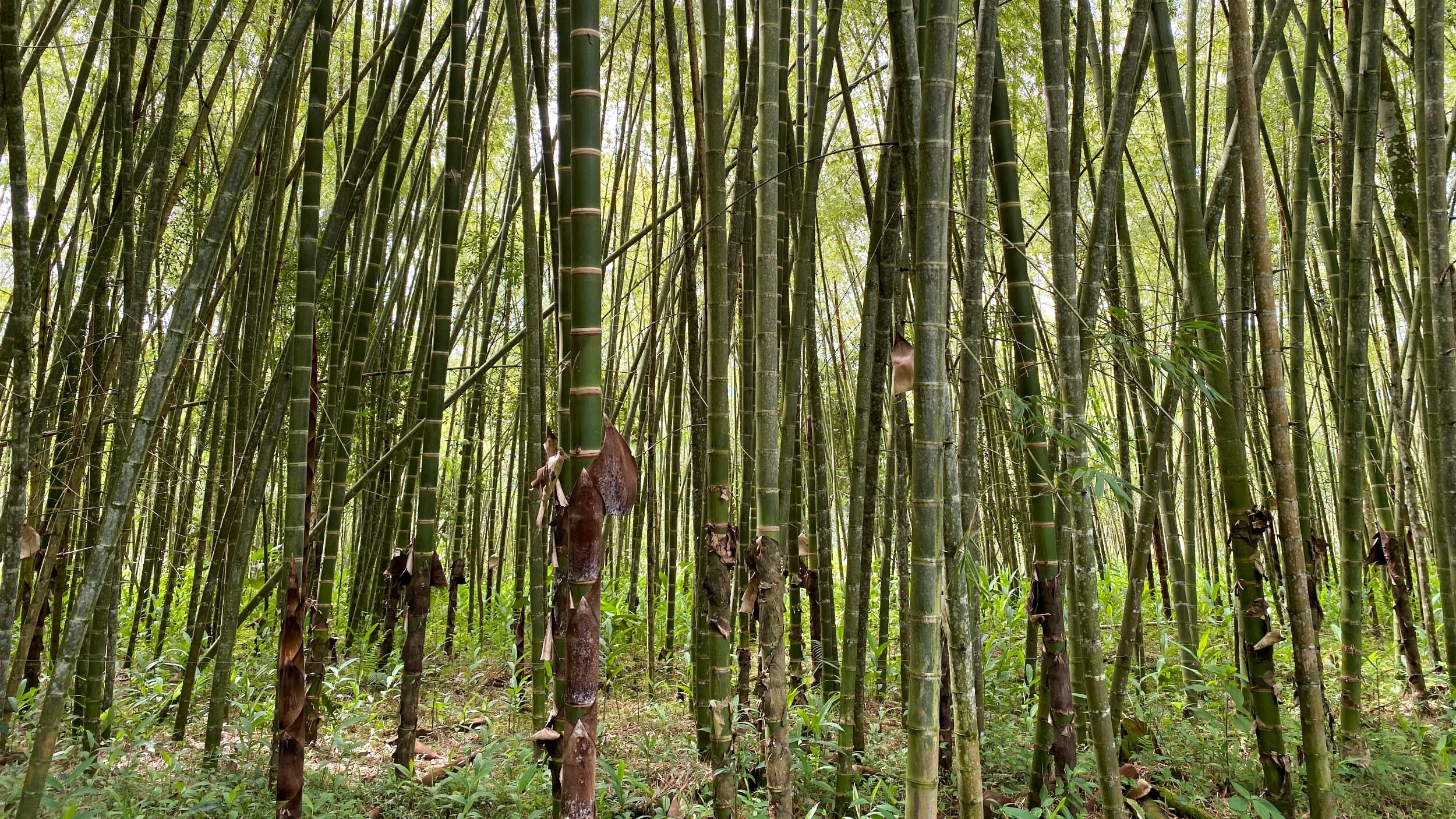
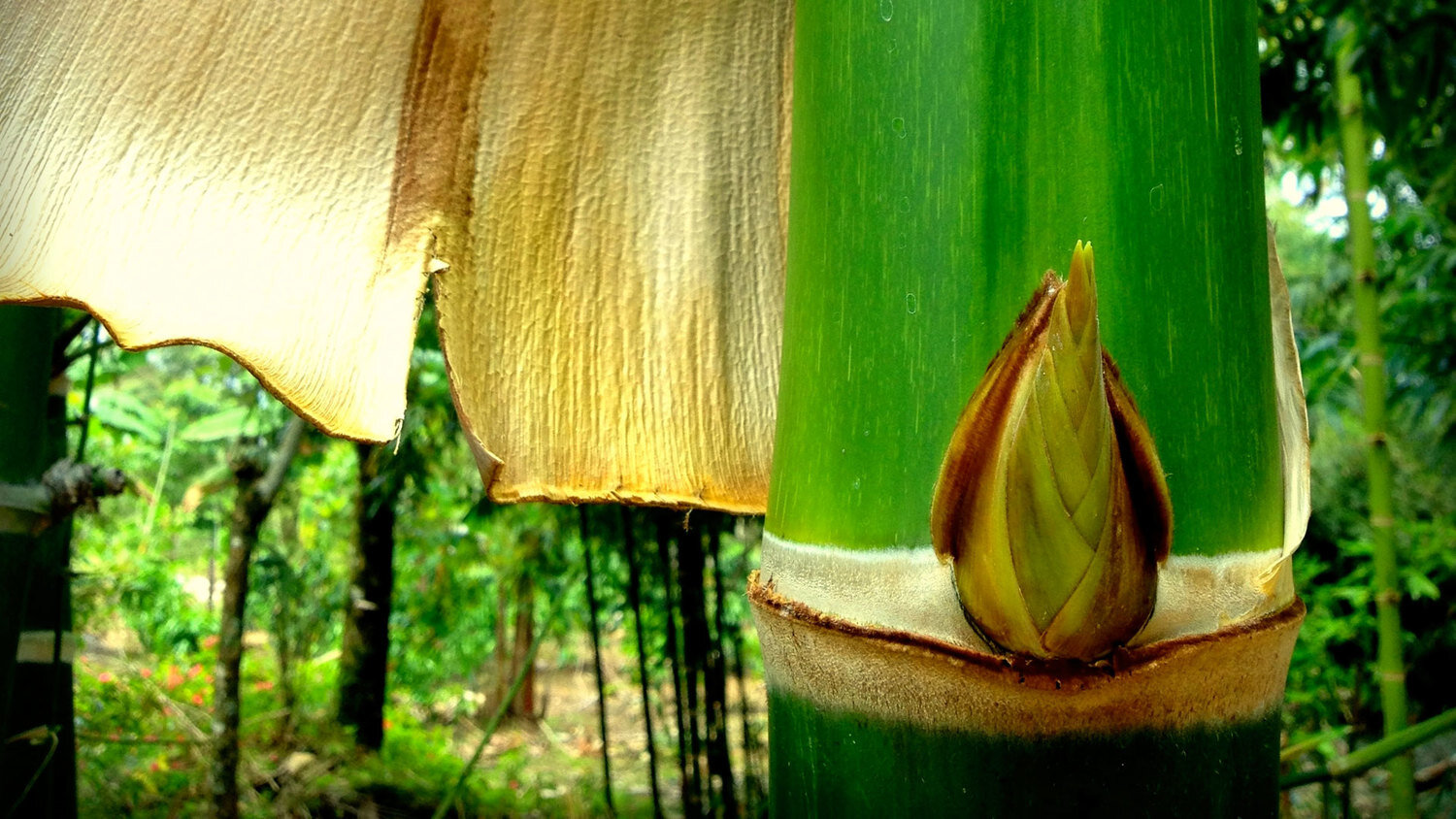
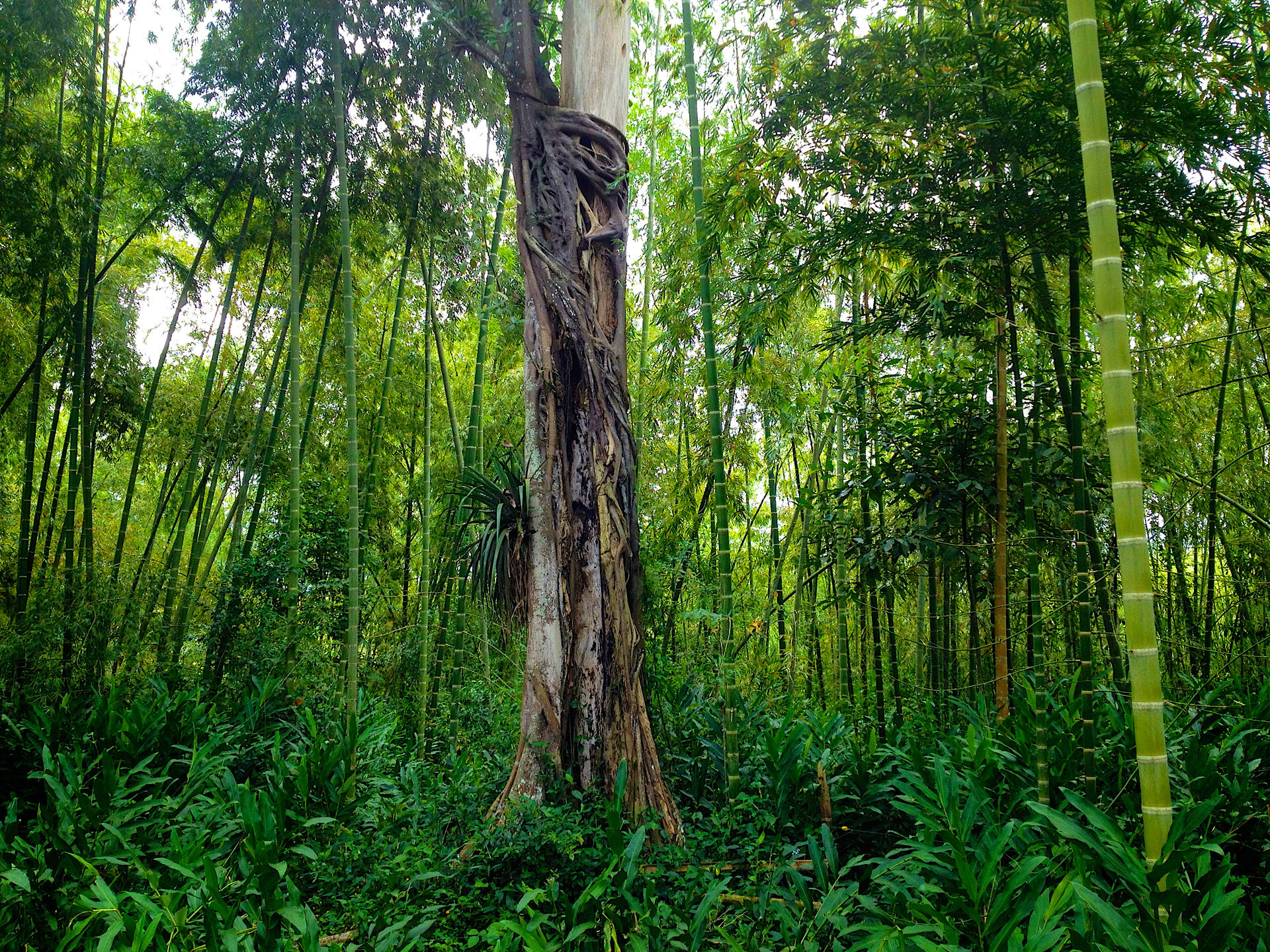
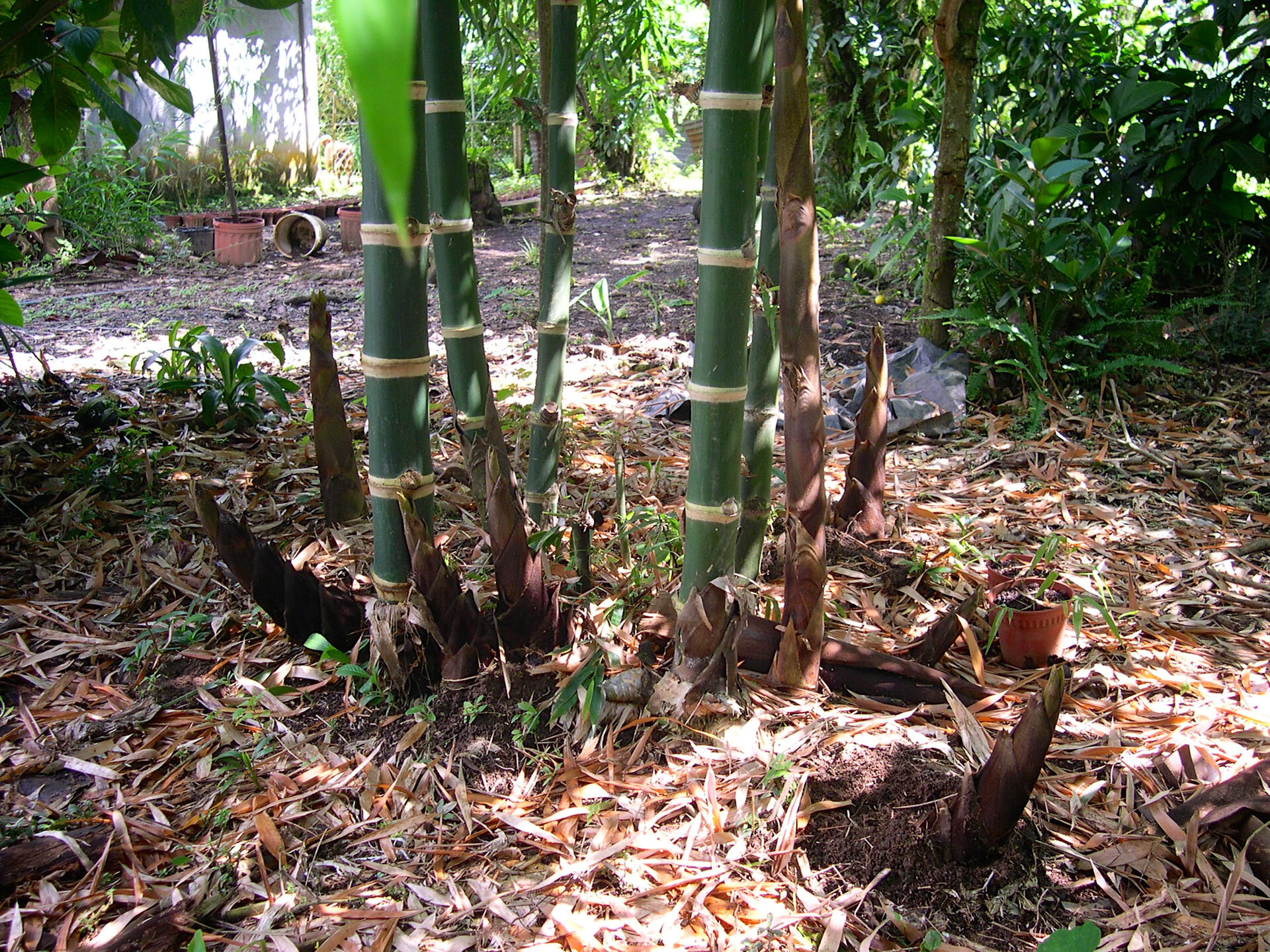
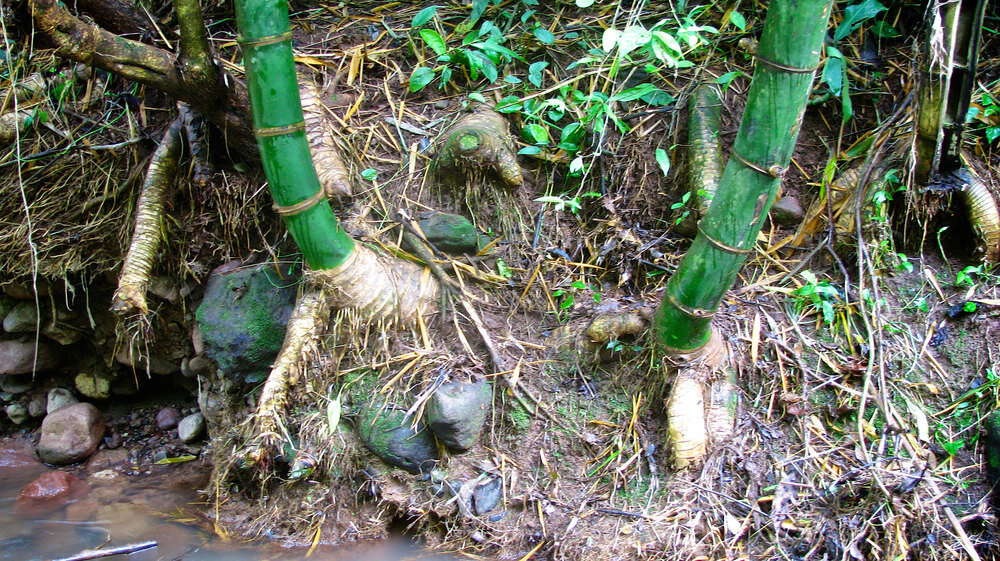
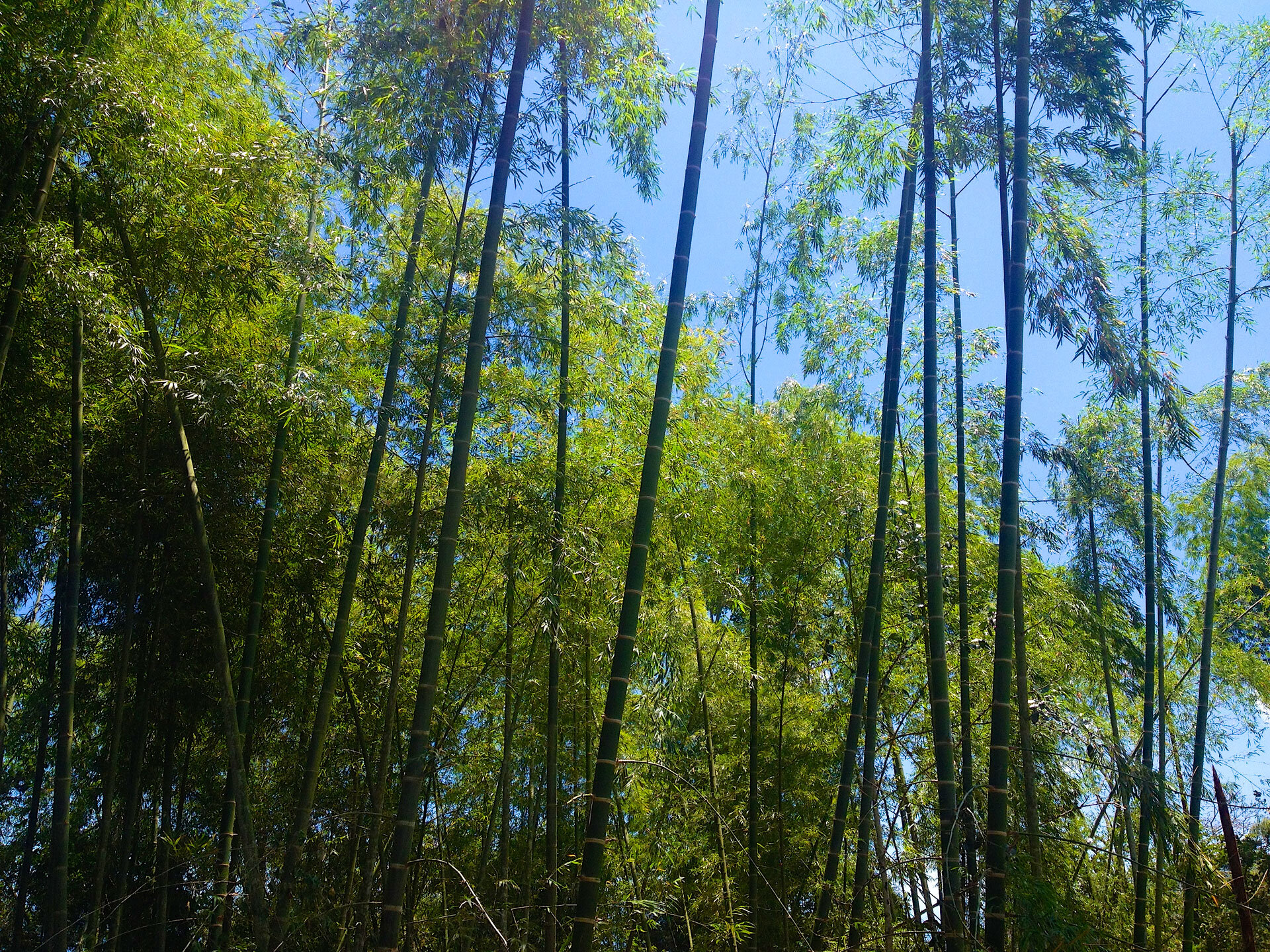
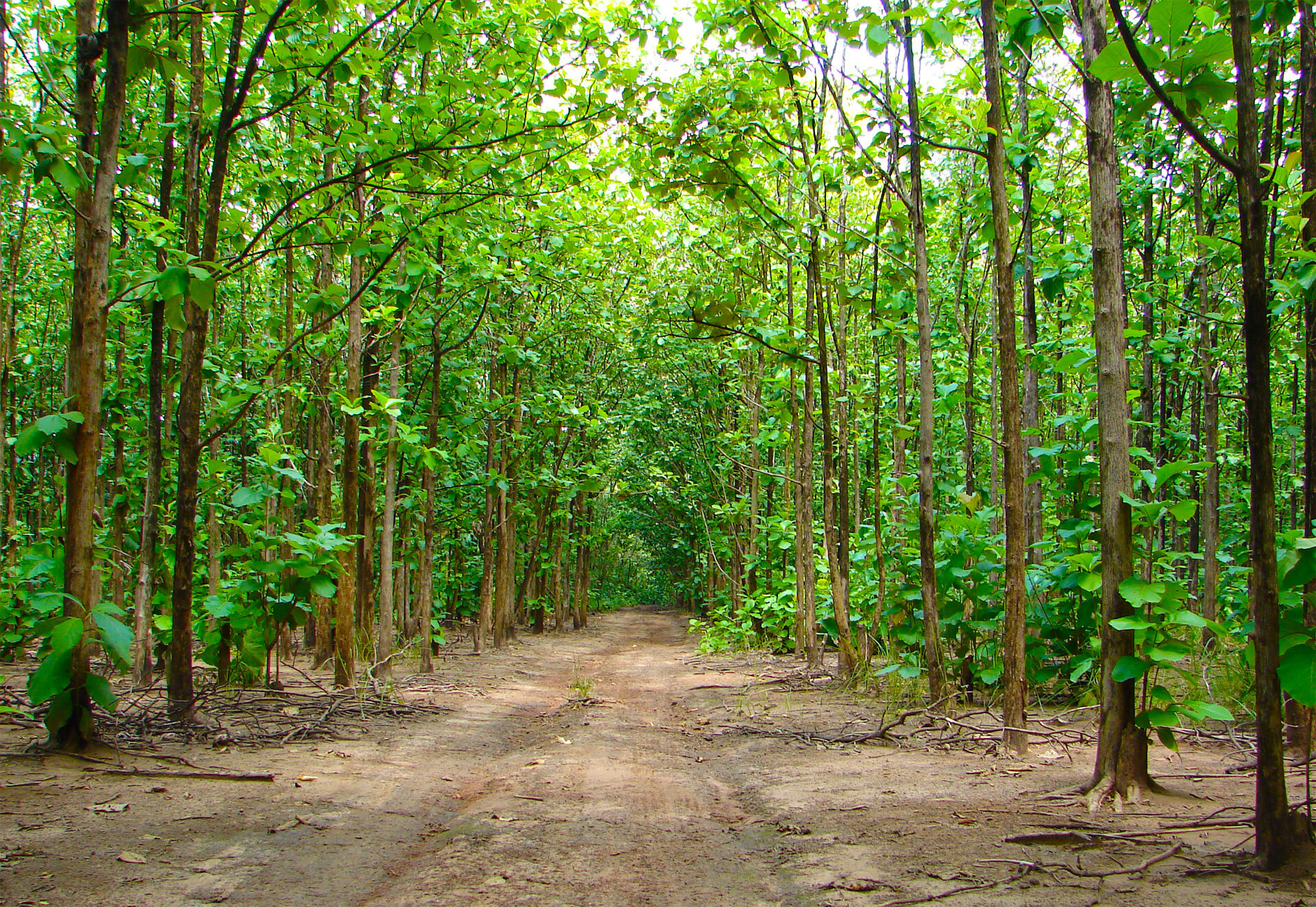
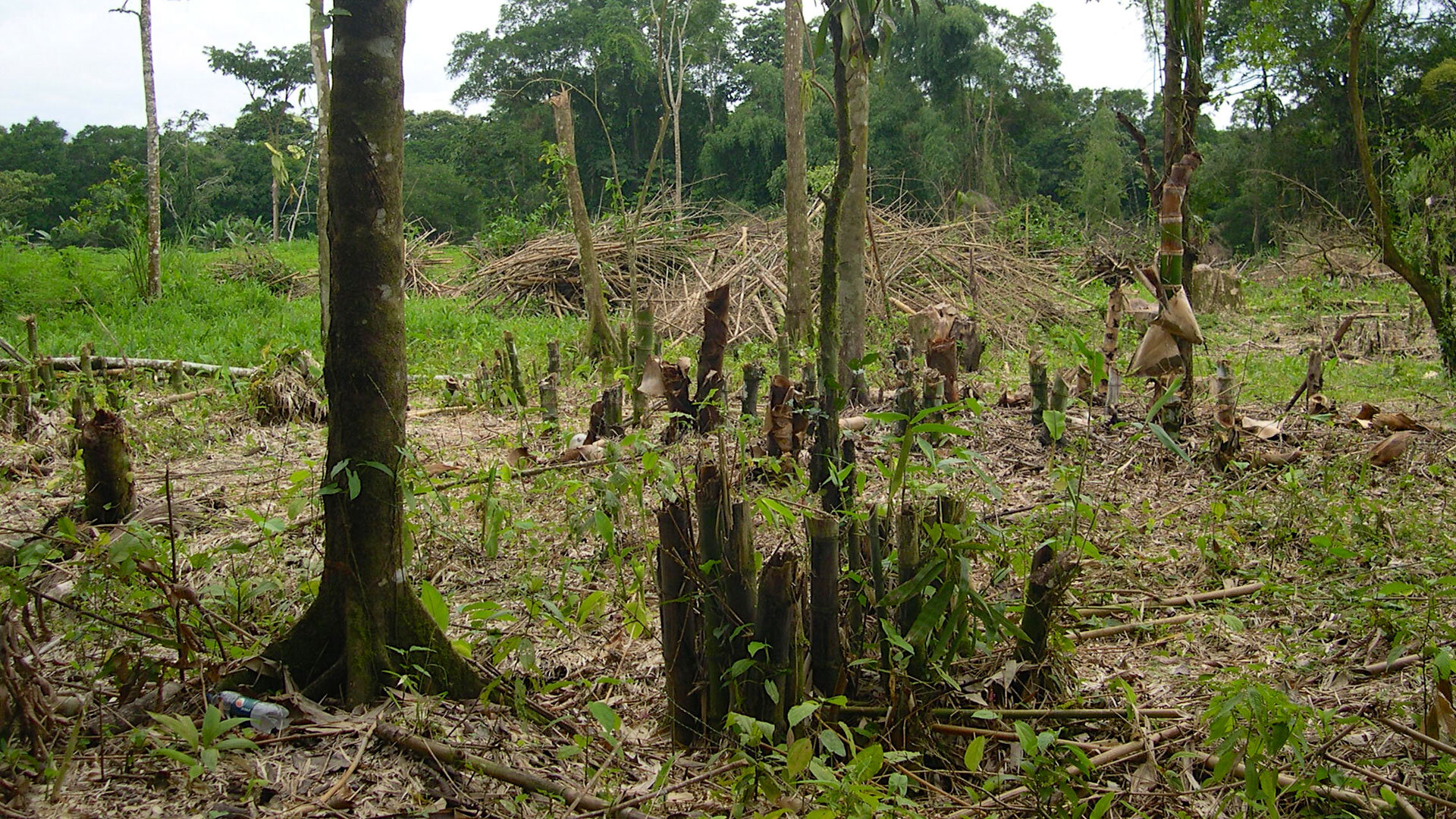
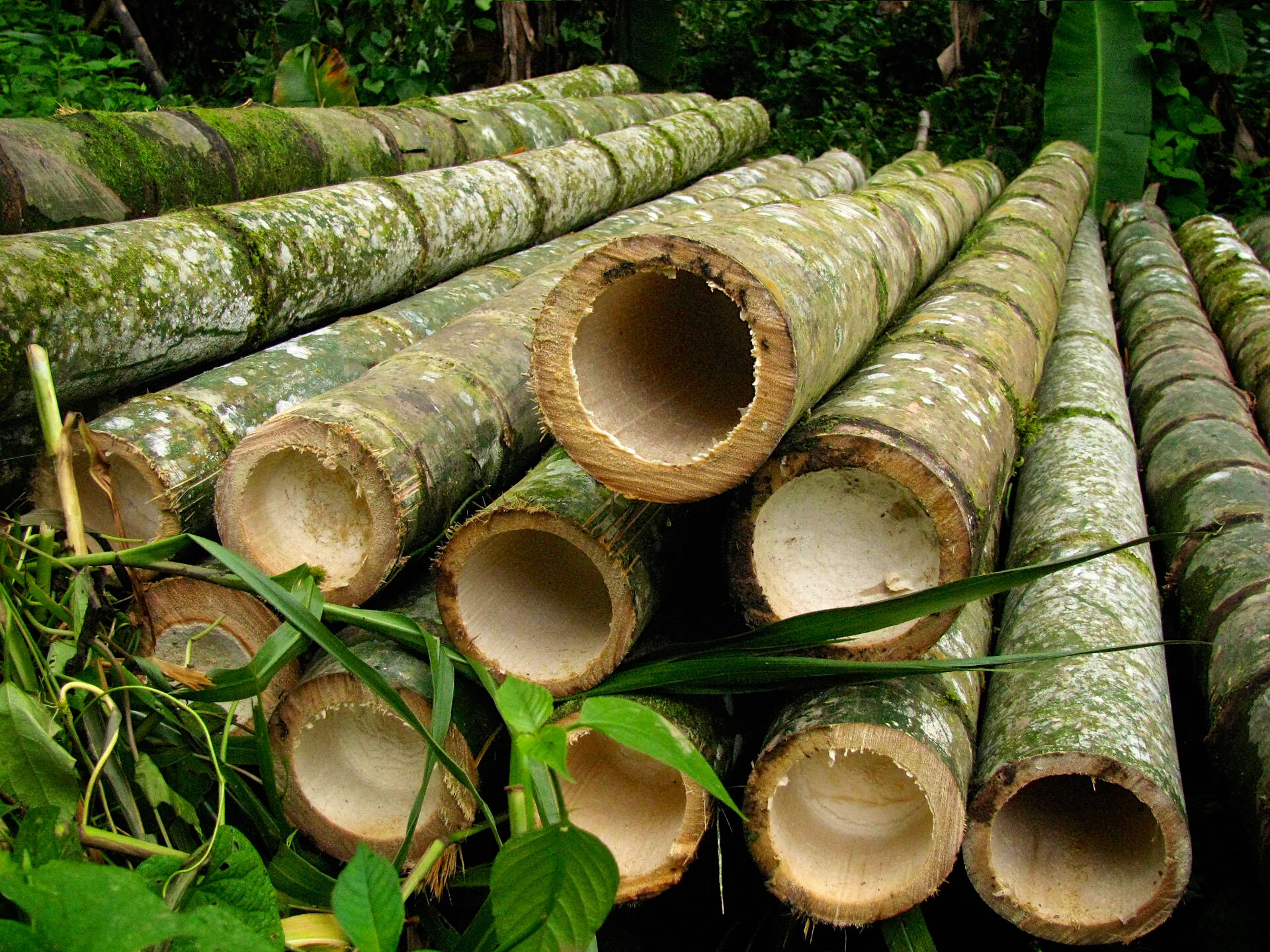
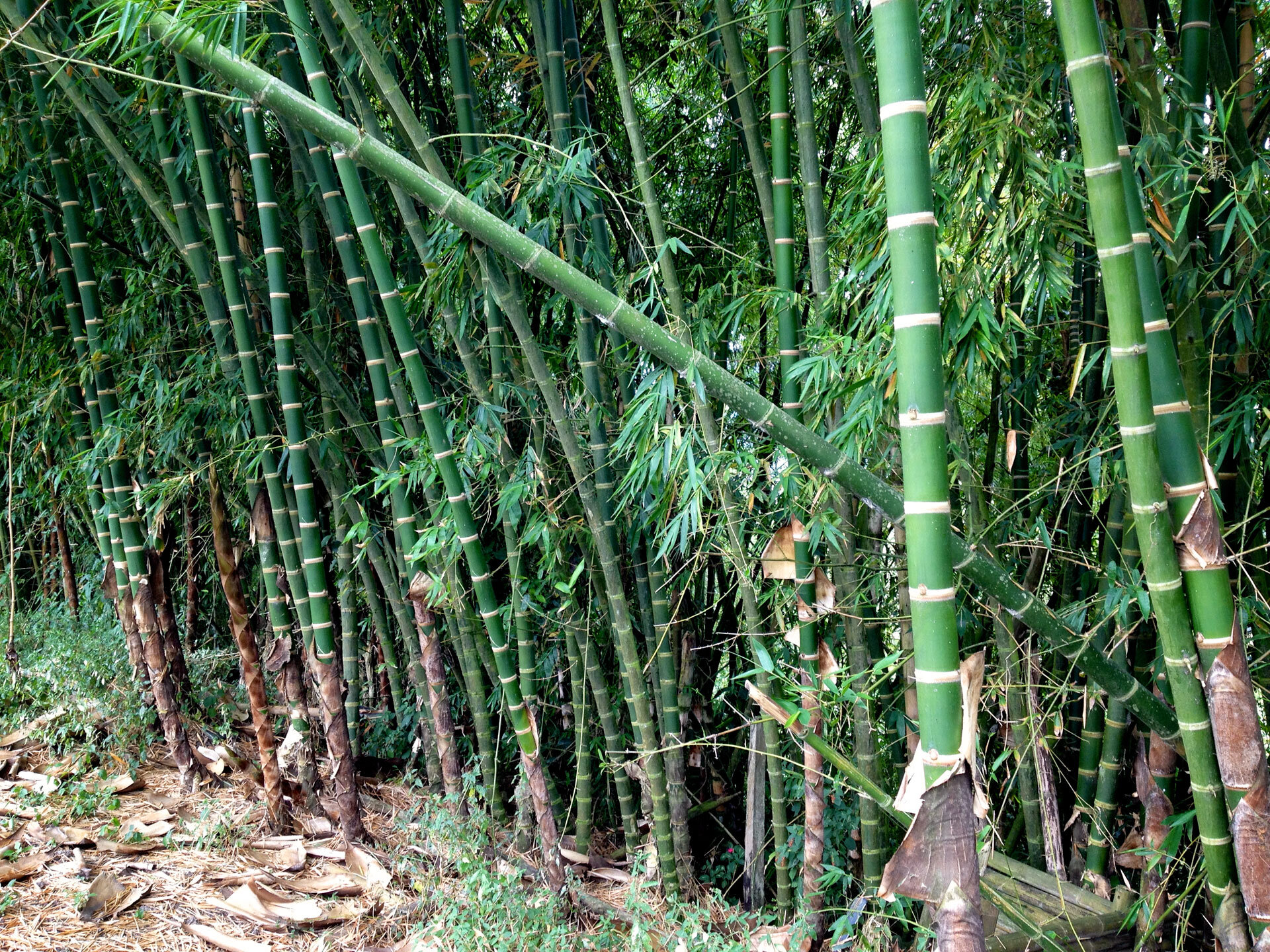
Up to what absolute minimum or maximum temperature does Guadua stop growing and at what temperature does it die? Also what extreme climates (not tropical or subtropical) can it be planted?